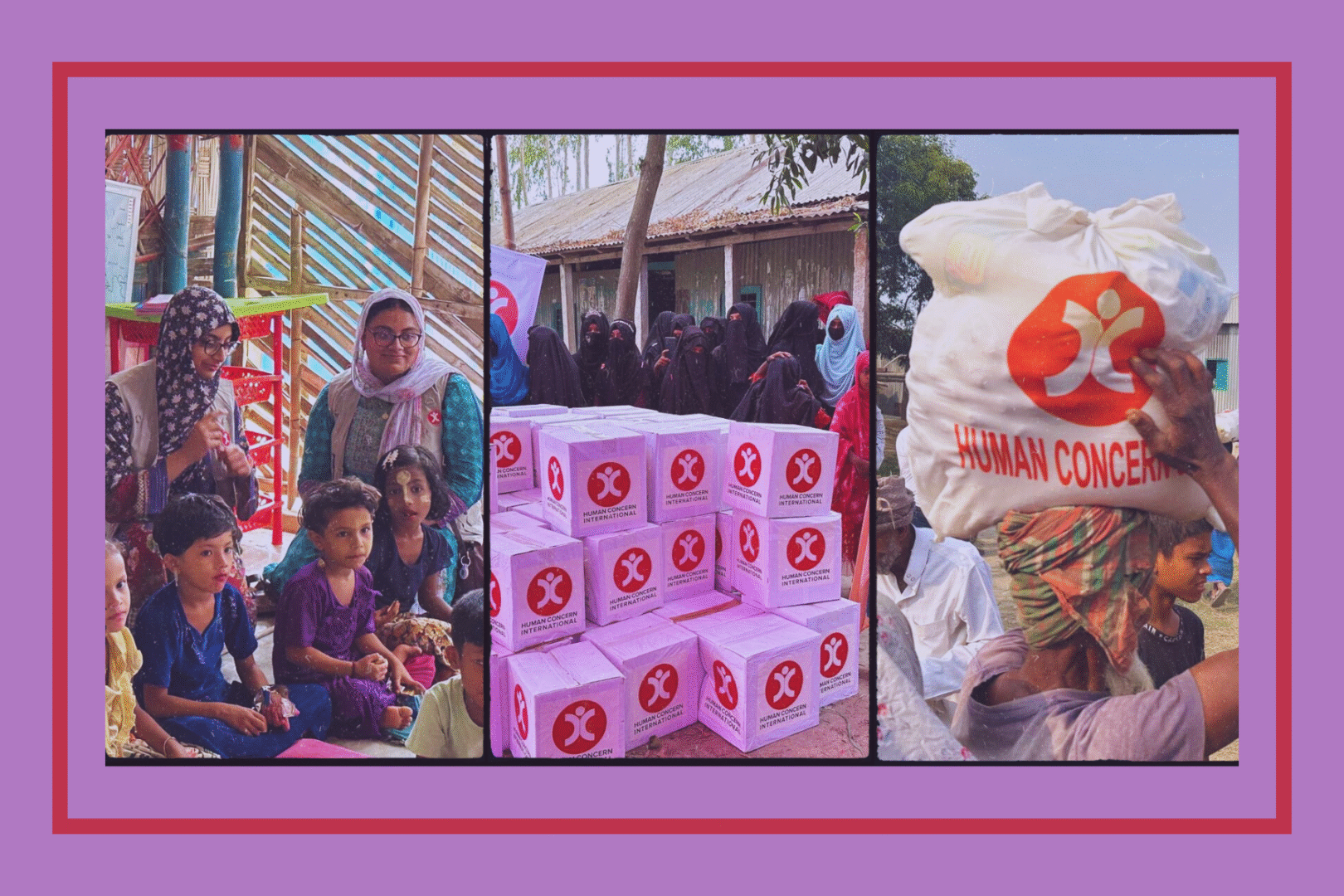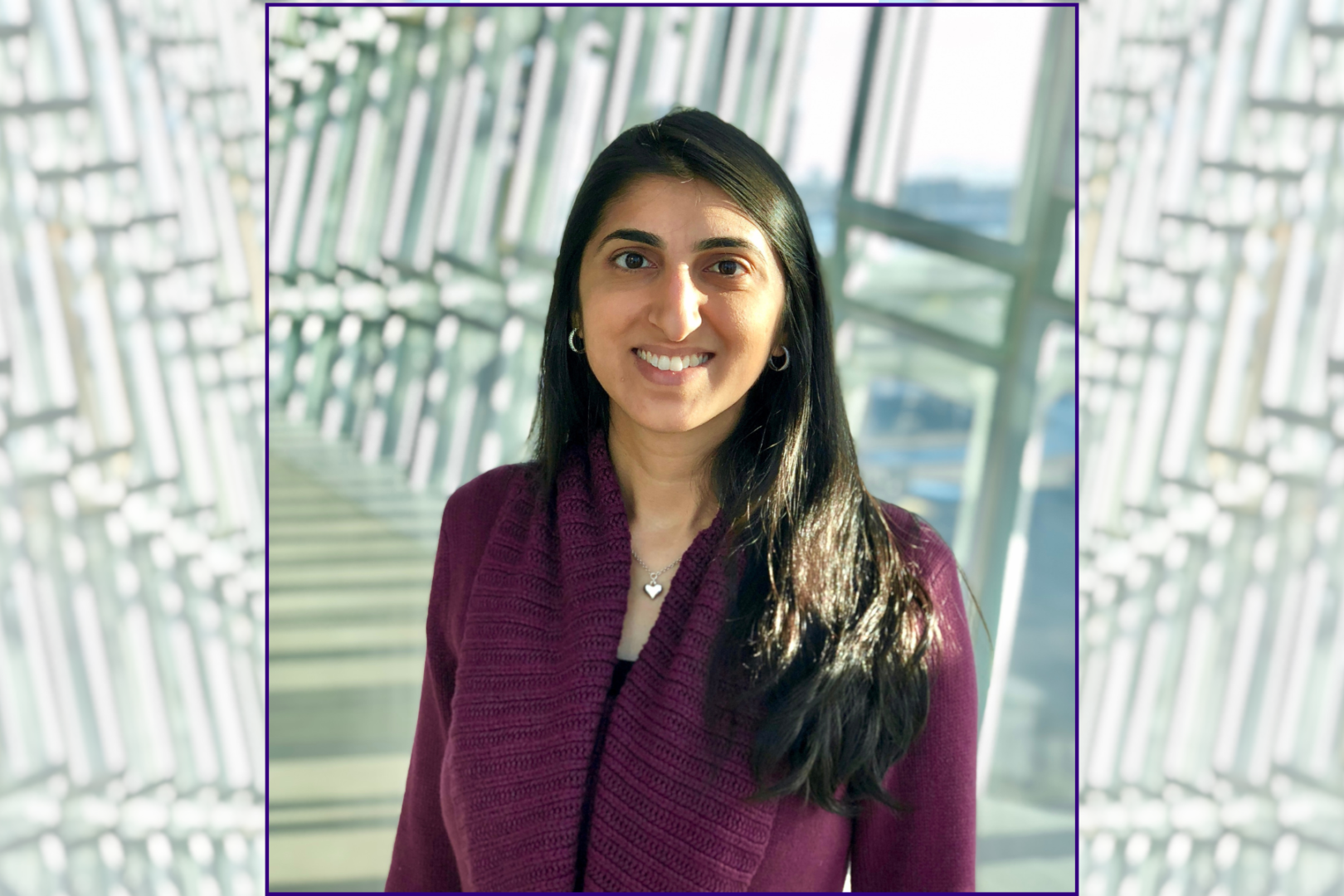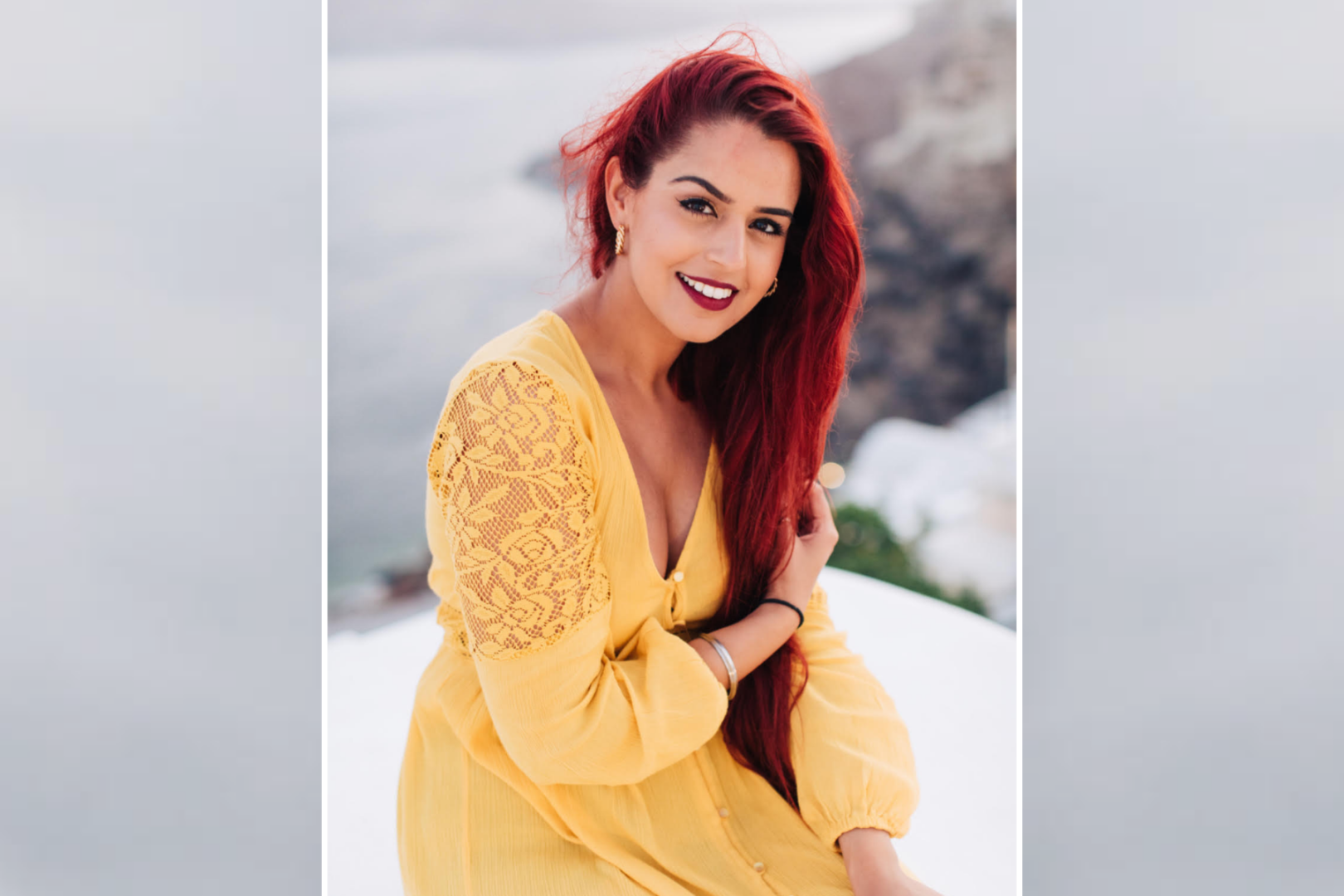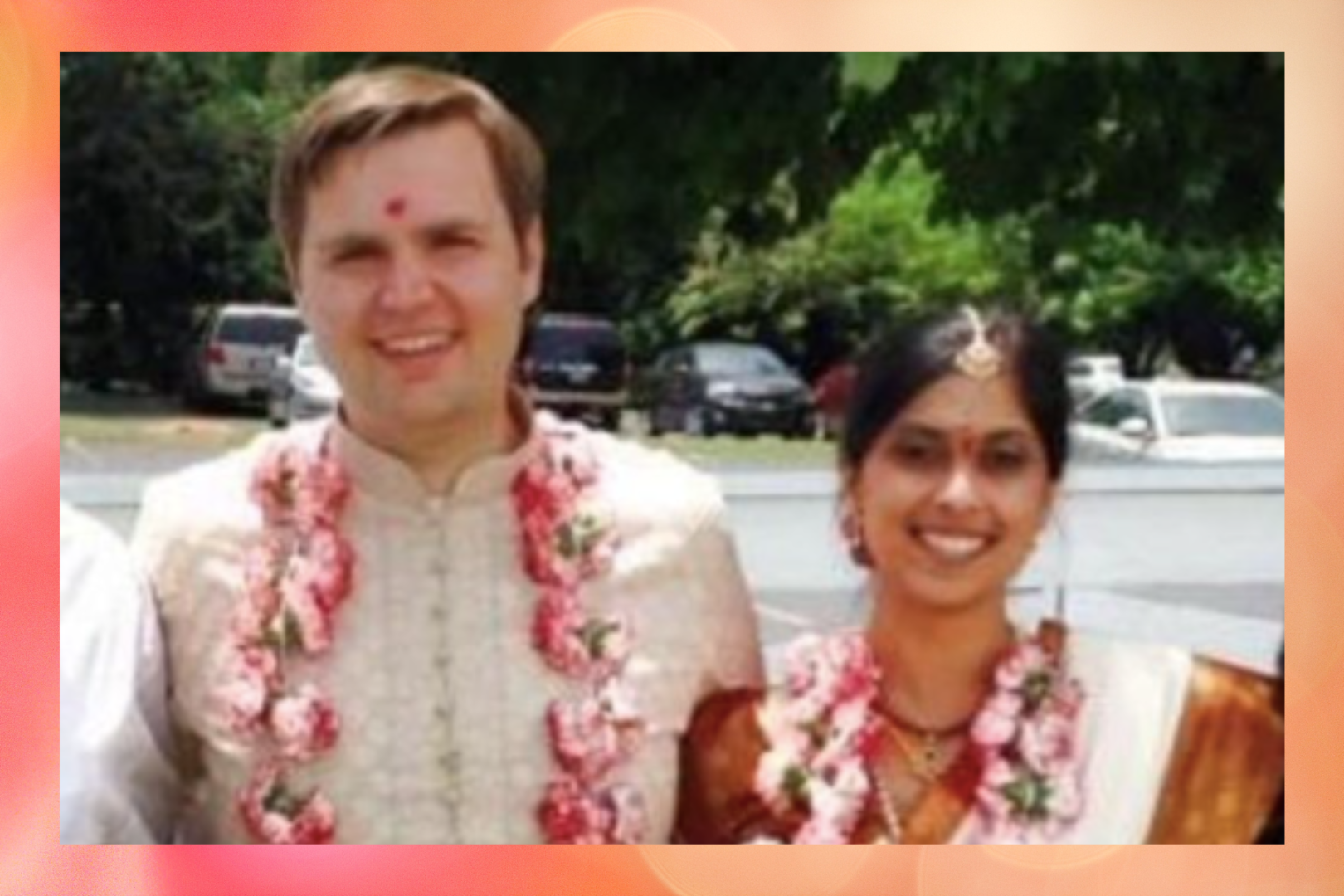This post was originally published on our partner website India.com:
For many young adult desis, growing up can seem like a starkly different American experience: South Asians were the fastest growing major ethnic group in the last decade, yet Hollywood leads rarely feature South Asian actors.
With South Asian artists emerging in arts and entertainment, what it means to be an American desi is up for discussion. While well-known comedian and author Aziz Ansari casually jokes about growing up desi in South Carolina, hip-hop artist Heems speaks about the racism he experienced in Queens as a Punjabi Sikh.
[Read Related: Aziz Ansari’s New Book ‘Modern Romance’ Gives us the Facts on Dating in the Digital Age]
Bonding over shared experiences helps to create a sense of identity for any Diaspora population–and in examining the South Asian Diaspora, it is much more diverse than the stereotypes many first-generation kids were exposed to in their youth.
Such a variety of experiences spanning time, geography and background begs the question: What does it mean to be desi?
***
“Desi?”
I repeated the word my cousin Devin mentioned at Christmas in 2013. I’d never heard it before.
“Yeah, you know, like an Indian person living outside of India. You’re a desi.”
I didn’t know there was a word for that.
Through further research, I found that desi—derived from the Ancient Sanskrit word for “country”—is a term used for anything derived from the Indian subcontinent. Despite not knowing what a desi was until 19, I felt embarrassed of being a “bad Indian.”
How is it possible that a first-generation Indian kid could hardly know what that means?
***
Let’s go back to the 1960s, when some of the first South Asians settled in the United States. No matter the generation, no desi is unfamiliar with how difficult it is to immigrate to the U.S. Before 1965, it was barely possible through racist legislation—the U.S. government strictly limited Asian immigration to professionals in desired fields.
As a doctor, my grandfather had a solid opportunity to come to the U.S. One by one, he moved our family over, and eventually my dadi and her five children were here, including my American-born Auntie Pam.
Back then, being desi wasn’t defined by YouTube videos chronicling South Asian childhood experiences–primarily because there was no YouTube, and more so, there were hardly any desis.
My aunts have a story about my grandparents driving hundreds of miles through Canada just to meet another Indian family. Back in that time, anyone who was Indian was family–and if there is hardly a Bihari-American community now, imagine how few Prasads there were back then. My family was one of the first Indian families to settle in Rochester, N.Y.—in a state that is now home to thousands of desis, including my cousins.
My grandparents came long before Harold and Kumar sought White Castle and had relevant conversations about being Asian-American. That was 2004, and that was the first time I can remember seeing a brown face on the television I watched so often. Kal Penn became the first Indian guy I had a crush on (had ever seen?) and I began to wonder why all Indians became doctors (my dad is one of them too.)
Somehow, it is possible that though my dad was born in a Bihari village while I was born in New Orleans, my Irish-American mother fulfills the strict desi parent stereotype more than my dad does. I grew up in the same state as first-generation Louisiana Governor and presidential candidate Bobby Jindal. As much as Jindal may have wanted to forget he was Indian, he was at least reminded at home–I really wasn’t.
My experiences with my Indian-American dad were more along the lines of him being the “fun” parent that let us eat ice cream for breakfast and brought us to school late—I guess there were some reasons we only saw dad on the weekends. My dad is a man of his times: he has a deep-seated love of The Beatles, a penchant for social peace and a healthy disdain for the U.S. military industrial complex.
The aspect of my desi identity influenced by my dad came about how many diaspora kids come to learn about the motherland: in an intellectual and historical sense through books and college courses. My dad was sure to remind us that everything came from India to the point where we rolled our eyes and joked about it. Rather than thinking about the fact that South Asian history, culture and people were relatively ignored during my dad’s childhood and my own, I looked at my half-white self through a white lens and didn’t think it mattered.
In college, I stumbled across diaspora literature and began writing about my own experiences on being desi. As I grew older, I started lighting incense in front of a framed photo of the Taj Mahal I took in 2008. More than anything, it reminds me of the days when my dad would let the scent of sandalwood waft through his house. The first-generation experience of feeling South Asian in certain spaces, such as the comfort of one’s home, is an experience that translates to all desis.
[Read Related: One Brown Girl’s Mission to Become an American Born Confident Desi]
Instead, we strive to define ourselves beyond ignorant stereotypes and the shadow of what it means to be brown. Sure, I know brown people going to medical school–my sister is one of them. But that is because she has had a lifelong passion for medicine enriched by our childhood exposure from several family members, both brown and white.
I want to become an international journalist, and my parents have been overwhelmingly supportive as long as I work hard at it. My dad is proud of my ability to learn languages and the places I’ve been, not of the grades that I earn.
My frustration with not knowing Hindi grew with every instance someone asked if I spoke it, but I now have the opportunity to teach myself Hindi online–the same resources weren’t available to my dadi a few decades ago when she first came to the U.S.
Being desi is an entirely different experience depending on the time period, local community, and the individual. There is no right or wrong way of being a desi–even if you don’t know what a desi is. The U.S. has an extensive history of assimilating cultures formed on other continents, so if you’re a first-generation desi who doesn’t identify entirely with South Asia, don’t worry–you’re not alone.
We may be first-generation, but like anyone in the South Asian Diaspora, we are so much more than the stereotypes we see in American media.
Aryanna Prasad is an editorial intern with India.com and a contributing writer with Brown Girl. Born and raised in Louisiana, she is attending Louisiana State University in Baton Rouge as a Political Communications and International Studies major. Her goal is to become an international journalist focusing on international conflict through a cultural lens. At first glance, she may look different from many other brown girls because she is half-Irish American and half-Indian. From Twitter communities to collegiate ones, she’s learned a lot about what it means to be Indian, and she realizes now more than ever that she has the power to define this for herself. When she is not ranting about politics or perusing Atlantic articles, she enjoys traveling, hip-hop and seeking adventure.




